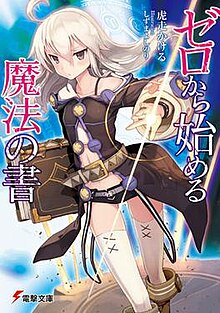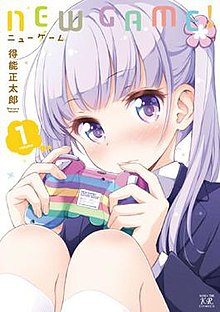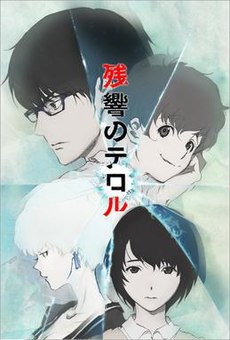In
GATE, a mysterious gateway opens in Japan that connects to a medieval fantasy world. An invading army of soldiers and knights complete with support from dragons and animal-men is beaten back, and eventually a force is sent through to the other side.
The idea of connecting our world to some other fantastic place isn't new by any means. It's pretty uncommon to set up the premise in the way that
GATE does, though. There's no hiding the pathway in a wardrobe or a top-secret government facility. Everyone in the world knows about the existence of the gateway and that initial invasion. Anyone and anything that fits can go through - no dividing line between magic on one side and technology on the other.
Allowing that amount of freedom means that
GATE has to confront some issues that you don't always see addressed under this kind of premise. The different types of power coming in direct conflict, for instance. When Japan sends the technologically advanced
SDF through, they absolutely demolish the medieval conventional forces that try to repel them. There's some trouble when they run into a powerful dragon, though. When a demi-goddess shows up, it's fortunate for them that she's (mostly) friendly. This sort of thing is a non-issue if your premise doesn't allow technology and magic to co-exist, or severely limits their interactions, but
GATE doesn't impose those kinds of limitations.
The SDF forces have to deal with learning everything in the new world: language, customs, politics, religion, and so on. Refugees fleeing difficult situations in the surrounding area come to them for help. There's pressure from back home, both in Japan's government and the international community. They have to address the difference in prisoner-of-war and refugee treatment standards. And so on. I appreciate the way that
GATE deals with these issues rather than dodging them, for the most part at least. They don't always go into a lot of depth, but the writers at least try to give the viewer an idea of what's going on in each area.
The characters are a bit of a mixed bag. They're likable for the most part, provide plenty of comic relief, and several are moderately well developed. Most notably Itami, the protagonist SDF soldier, and the three girls from across the Gate that he befriends. Unfortunately, there's a lot of stereotypical anime harem in their relationship, which gets old fast. Particularly with Rory, the 900+ year old demi-goddess who looks about 14 and regularly comes on to Itami. I've seen worse, but it's still annoying to have to sit through that stuff. The goofy humor and sexual innuendo seems particularly out of place when other aspects of the show are addressing some serious issues like PTSD and mistreatment of prisoners.
There are also too many characters, particularly once you get about halfway through. The existing ones get less attention and the new characters feel like they've been added on just for the novelty value. For instance, a second elf girl is introduced and added to Itami's harem, eventually leading to a second fire dragon fight. Pretty everything in her side story felt like filler, time that could have been better spent on any number of other characters and story points.
On the whole, I really liked
GATE, character complaints aside. The 24 episodes completed thus far tell a fairly complete story, but there's a whole lot of room to explore the world and the phenomenon of the gateway itself. I'd be happy to see it back for another season.



















